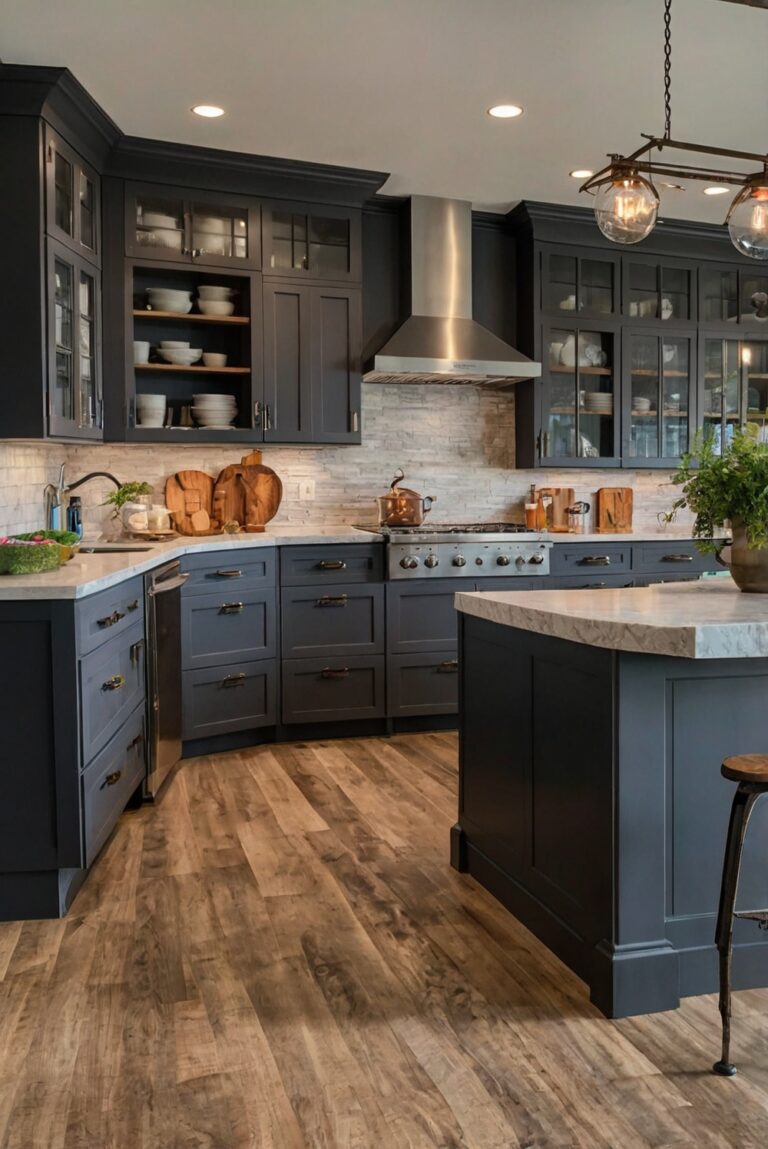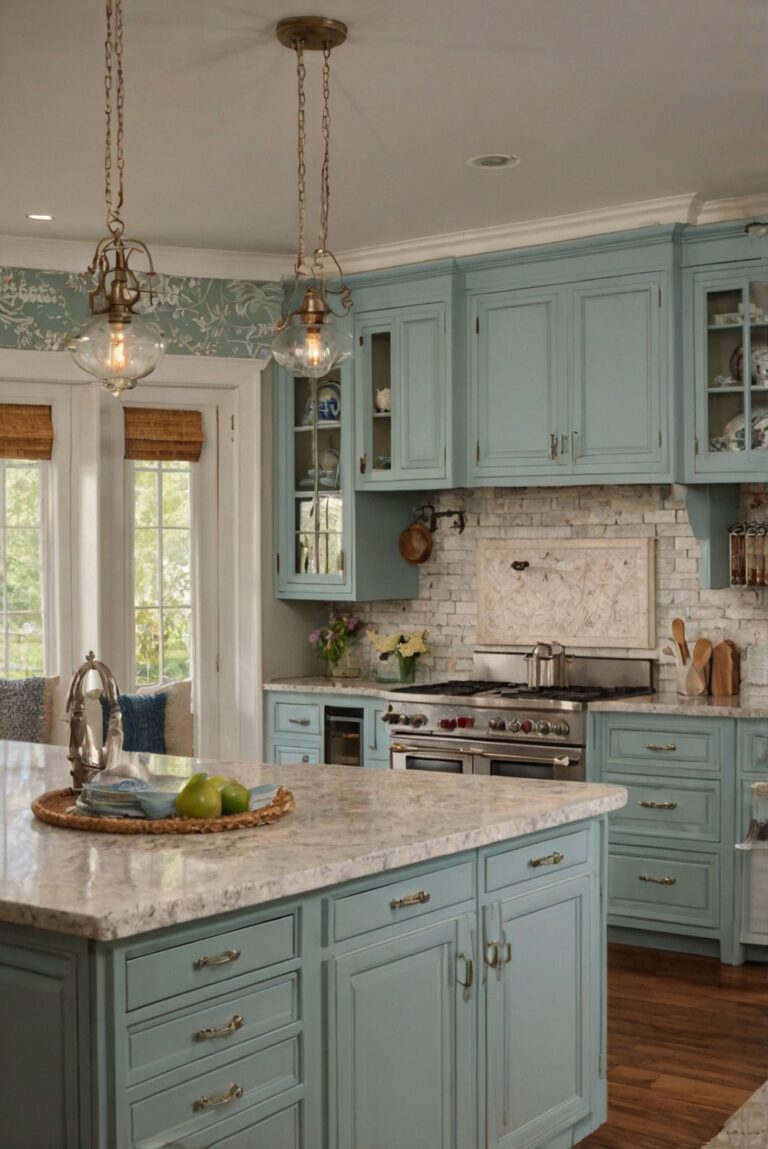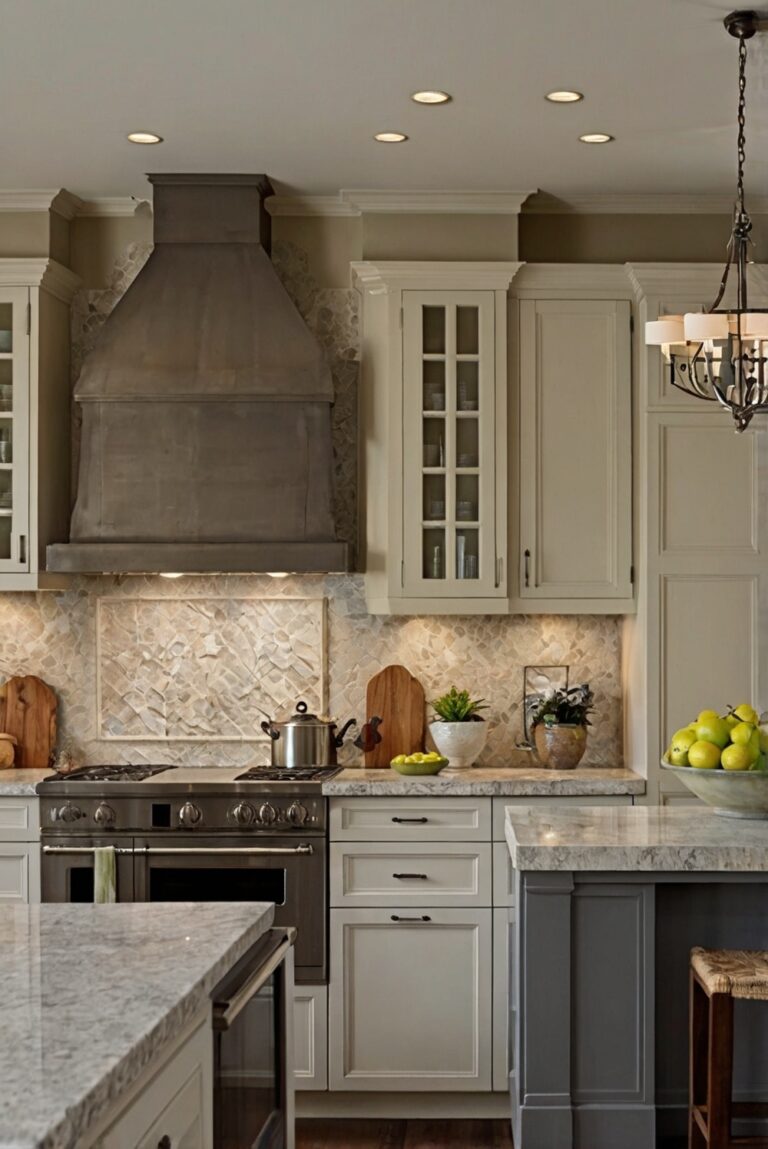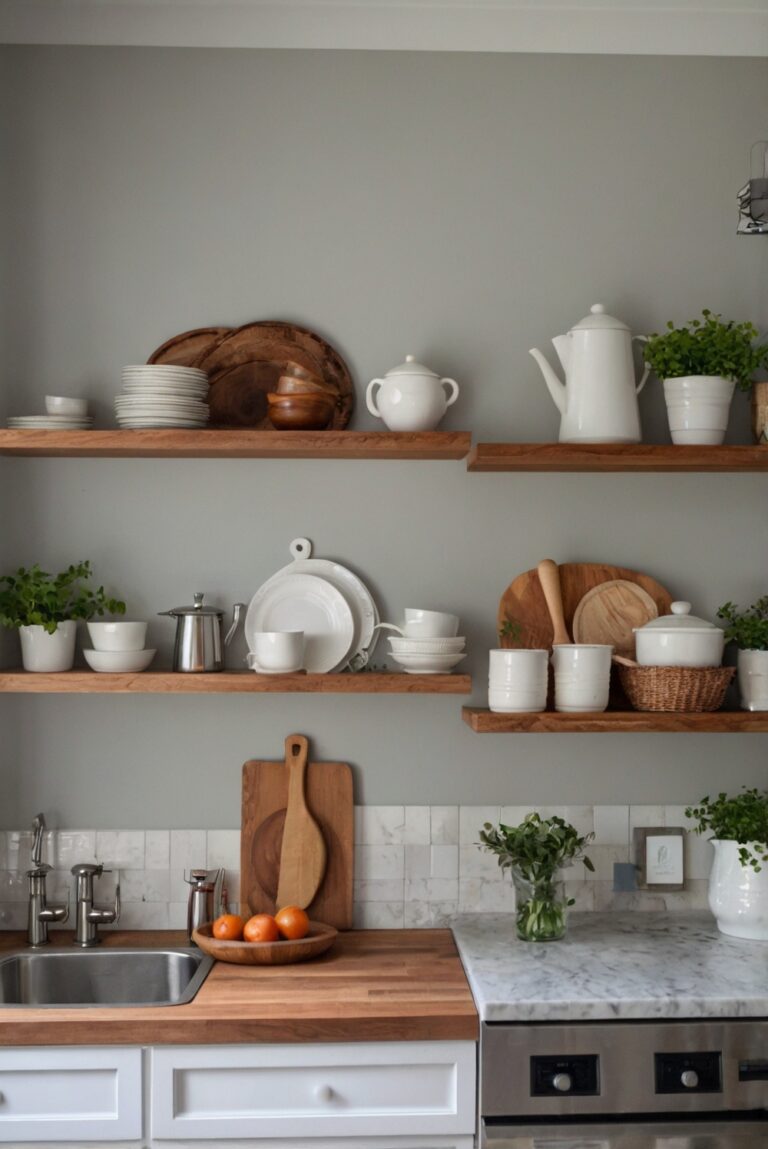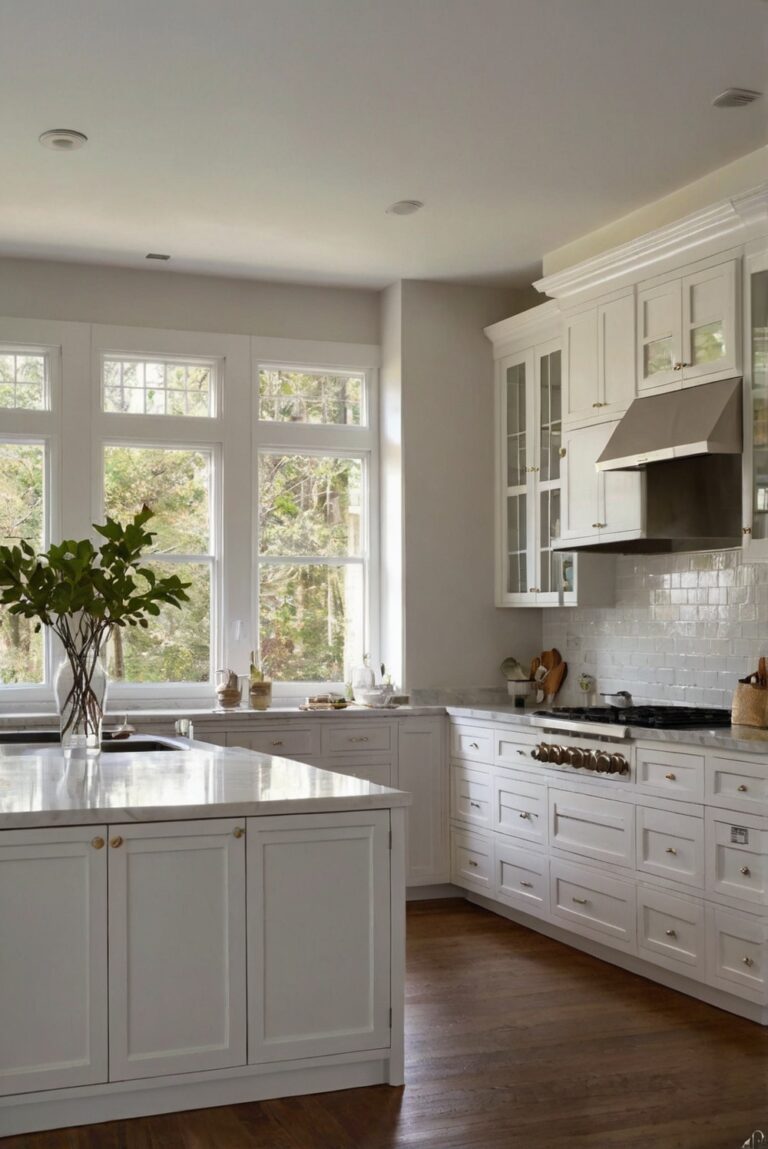Discover sustainable kitchen cabinetry options to enhance your daily interior designer routine. Explore eco-friendly materials and designs for an environmentally conscious space.
One eco-friendly option for kitchen cabinetry is to use reclaimed wood. Reclaimed wood is sourced from old buildings, barns, or fencing, making it a sustainable choice that adds character to your kitchen. Bamboo is another eco-friendly option as it is a fast-growing and renewable resource. Opting for cabinets made from bamboo can decrease the demand for traditional hardwoods. Recycled materials like glass, metal, or even plastic can also be used to create unique and environmentally friendly cabinet designs. When choosing eco-friendly cabinetry, look for certifications such as FSC (Forest Stewardship Council) to ensure the products meet sustainable standards.
By incorporating eco-friendly kitchen cabinetry into your home decorating, you not only reduce your carbon footprint but also create a stylish and sustainable space. Consider consulting with interior designers specialized in eco-friendly designs to help with space planning and ensuring a cohesive look. To add a personal touch, explore designer wall paint options that are environmentally friendly and durable. When painting, use primer paint for walls to achieve a color match that complements your home decor interior design. Lastly, choose home paint colors that promote a calming and inviting atmosphere in your living room interior and kitchen designs.
Eco-Friendly Options for Kitchen Cabinetry:
When it comes to choosing kitchen cabinetry, opting for eco-friendly options not only helps in reducing your carbon footprint but also promotes sustainability. Here are some eco-friendly choices for your kitchen cabinetry:
Bamboo Cabinetry:
Bamboo is a sustainable material that grows rapidly and is considered an eco-friendly alternative to traditional wood. It is durable, water-resistant, and has a unique aesthetic appeal that can enhance the look of your kitchen.
Recycled Wood:
Using recycled wood for your kitchen cabinets is another environmentally friendly option. Reclaimed wood not only adds character to your kitchen but also helps in reducing deforestation and waste.
Low-VOC Finishes:
When selecting finishes for your kitchen cabinetry, opt for low-VOC (Volatile Organic Compound) or no-VOC paints and stains. These products are free from harmful chemicals that can off-gas and pollute indoor air quality.
Reclaimed Metal:
Another eco-friendly option for kitchen cabinetry is using reclaimed metal. Metal cabinets are durable, recyclable, and can add an industrial-chic look to your kitchen.
Water-Based Adhesives:
When assembling or installing your kitchen cabinets, choose water-based adhesives instead of solvent-based ones. Water-based adhesives are less toxic and have a lower environmental impact.
In conclusion, when selecting kitchen cabinetry, consider these eco-friendly options to make your kitchen more sustainable and environmentally friendly. By choosing materials and finishes that are good for the planet, you can create a beautiful kitchen that aligns with your values of sustainability and conservation.
1. One popular eco-friendly option for kitchen cabinetry is using reclaimed wood. This involves repurposing wood from old buildings or furniture to create new cabinets, reducing the need for new materials. Reclaimed wood adds a unique character to the kitchen and helps to minimize waste. Additionally, bamboo is another sustainable material that is often used in eco-friendly cabinetry. Bamboo grows quickly and is a renewable resource, making it an environmentally friendly choice for cabinets. It also has a beautiful natural look that can enhance the aesthetics of the kitchen.
2. Another eco-friendly option for kitchen cabinetry is choosing cabinets made from recycled materials. Some manufacturers offer cabinets that are constructed using recycled wood fibers or other sustainable materials. These cabinets are durable and stylish, while also reducing the environmental impact of new production. By choosing recycled materials for your cabinets, you can contribute to a more sustainable kitchen design.
3. Opting for low-VOC or VOC-free finishes is another eco-friendly choice for kitchen cabinetry. Volatile organic compounds (VOCs) are harmful chemicals found in many conventional paints and finishes that can emit toxins into the air. By selecting low-VOC or VOC-free finishes for your cabinets, you can improve indoor air quality and create a healthier environment in your kitchen. These finishes are available in a variety of colors and styles, allowing you to achieve the look you desire without compromising on sustainability.
4. When considering eco-friendly options for kitchen cabinetry, it’s essential to look for certifications that indicate sustainable practices. For example, cabinets that are certified by the Forest Stewardship Council (FSC) ensure that the wood used is sourced from responsibly managed forests. This certification guarantees that the cabinets are made from environmentally friendly materials and support sustainable forestry practices. By choosing FSC-certified cabinets, you can be confident that your kitchen cabinetry meets high standards of sustainability.
5. Finally, designing a kitchen with longevity in mind is a key factor in creating an eco-friendly space. Investing in high-quality, durable cabinets that are built to last can reduce the need for frequent replacements and minimize waste. Choosing timeless designs and materials that will stand the test of time ensures that your kitchen cabinetry remains functional and stylish for years to come. By prioritizing durability and longevity in your cabinet selection, you can create a sustainable kitchen that reduces your environmental footprint.


